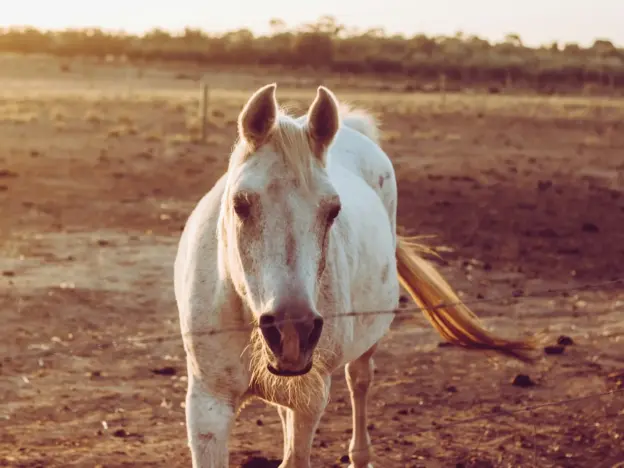Intro
The Arabian horse bloodlines are highly valued and have been adopted by a variety of different countries worldwide.
Origins
Horses are not native to Australia, so all Australian breeds are at least descendants of imported animals. Arabian bloodlines are thought to have made their way to the country at the end of the 18th century. Maybe not pure animals, but those which arrived likely possessed some Arabian or Barb influence. Over the next century a variety of types made their way to the continent, pure Arabian included. This foundation produced animals used for racing and working cattle.
In fact, the Waler Horse and Australian Stock Horse both claim Arabian as part of their foundation. Their influence is almost always positive on horse populations and even those who weren’t Asil were imported to improve local stock. Their speed was also appreciated on the racetrack, as racing was gaining popularity.
In 1878 the stud book was closed and it took almost a century for The Australasian Arab Horse Stud Book, which was established in 1960. Since then they appear to have grown in popularity and now have a rich, well documented history in Australia.
Now the breed is considered locally adapted and according to the DAD-IS as of 2022 there were between 7000 and 20000 of them in the country.
Features
Average height 14.1-15.1 hands
Physique
Head is wedge-shaped and refined, with a convex profile
Muzzle is small, with large nostrils
Eyes are large and expressive
Ears are curved
Neck is arched with a refined, clean throatlatch
Body is compact with short back
Tail is high set
Traditional Colors
Generally chestnut, grey, bay or black
Temperament
Spirited and brave
Intelligent and loyal
Use
Enhancing other bloodlines
Racing
Pleasure
Showing
Helpful Links
*All links open in a new window
Arabian Horse Association of Australia
World Arabian Horse Organization
Australasian Arabian Breeders Coalition
